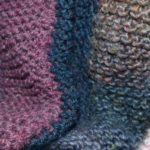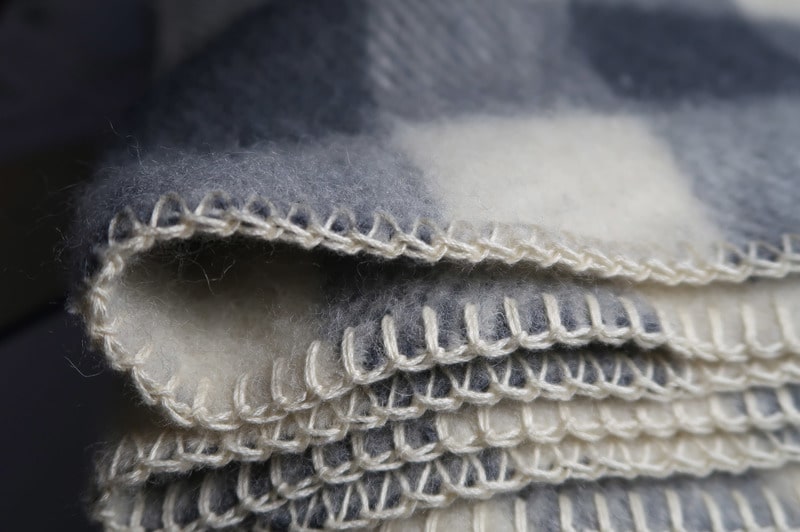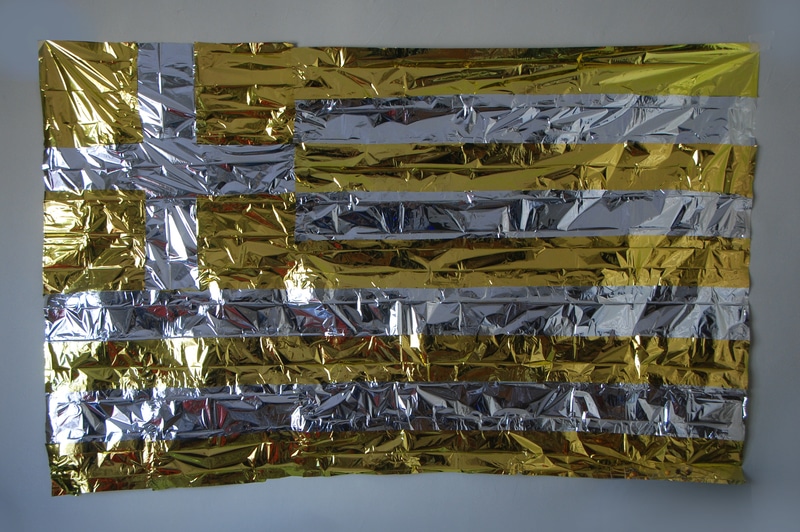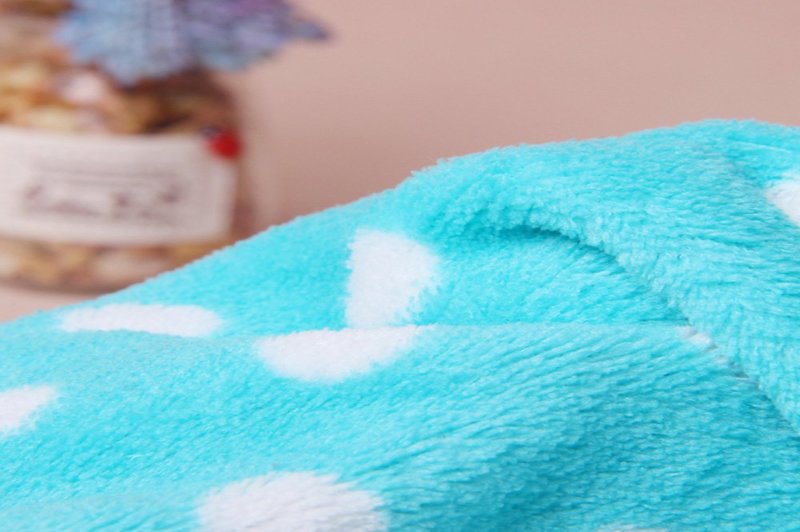You can learn how to block crochet blanket in three easy steps. But why should you bother stopping your project? Blocking is an excellent final step for crocheted blankets to keep their shape.
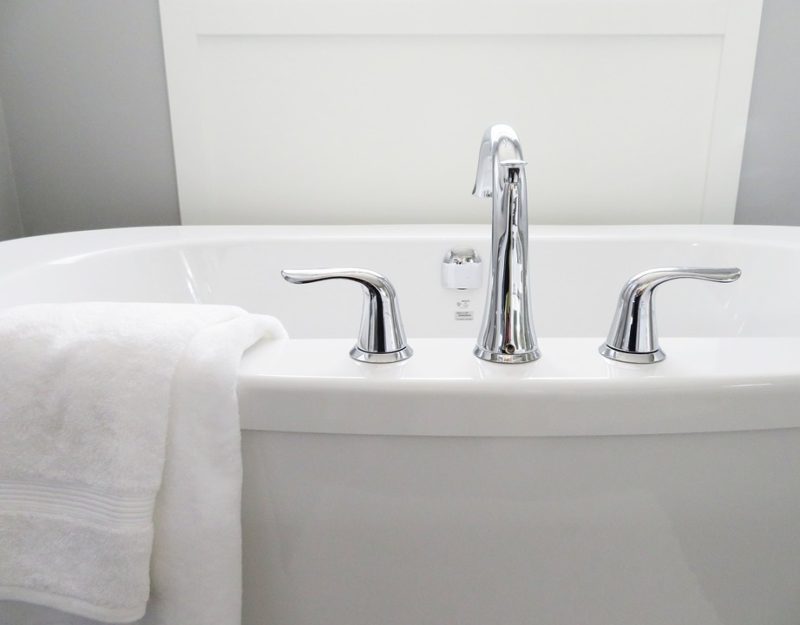
If you have just made a crocheted blanket, it’s time to learn this skill as well. We’ll also talk about another method so that you can select the best one for you. You read that right; you’ll also learn how to steam block your crochet blanket in this article.
How To Block Crochet Blanket Easily
1. Wash the blanket
Since the central concept behind blocking uses water to shape the crocheted project, the first step is washing your blanket. You can soak it in cool water or use the washing machine under a delicate setting. Be mindful of your blanket’s material since some, like natural fibres, are best soaked thoroughly.
Do you need to use detergent when soaking the blanket? Blocking does not necessarily require a detergent, but you can add a small amount of mild soap to the water if you want. The small amount of mild soap is also an opportunity to get your blanket smelling better, especially when the crocheted project is a gift.
2. Remove the excess water
After you soaked the crochet blanket, squeeze out the excess water gently. You can press the blanket with your hands if wringing is too harsh for the project. To further ensure that there’s no water left on the material, place your blanket on a towel and roll the latter around the blanket.
Blot the blanket again and use another towel if necessary. At this point, you don’t need to twist the crochet blanket because you might ruin the structure. Refrain from stretching it as well.
3. Lay the blanket flat and dry
Finally, dry the blanket on a flat surface with some towels or a blocking mat for better air circulation. Smooth out the blanket to ensure that it will dry thoroughly since this position will be what it will look like after drying. To keep the required position is where blocking helps reshape the crochet blanket because you can even out the edges once more.
Speaking of which, this is the time where you can pin each corner and edge of the blanket. You can find special clips for blocking in craft stores as well, but rust-proof pins will do. Leave the blanket be for at least a day to ensure that it dries completely before removing the pins.
How Do You Steam Block A Crochet Blanket?
1. Pin the blanket over some towels
Besides the more traditional blocking method above, you can also use a steam iron on your crochet blanket. Start by pinning the blanket over some towels on its corners and edges. There’s no need to stretch the blanket, but the edges should be straight and even when you pin the blanket.
2. Steam over the blanket
Turn your steam iron to warm it up into a medium setting. Once done, you can begin steaming the blanket at a distance of 3 inches to damp it. Move the iron up and down the blanket without direct contact to avoid melting the material.
3. Let the blanket cool off
Once done, allow the crochet blanket to cool down for half an hour and then remove the pins. Overall, steam blocking a crochet blanket might be a quicker and more convenient method. The main factor you only have to be careful about is the distance from the blanket since heat can melt some materials.
Is Crochet Blocking Permanent?
Crochet blocking is permanent if you used the steam method. On the contrary, spraying the crochet project with water or soaking it in water is only temporary. You will need to reblock your crochet project with the same method after some time as the edges curl.
However, there’s a catch with steam blocking. Remember that the heat from the steam will set the fibres, depending on the yarn material. Therefore, it’s also possible for the crochet project to retain its results or drape too much if you steamed it wrong.
How Do I Get My Crochet To Lay Flat?
One of the common reasons why your crochet project won’t lay flat is the edges keep curling. You can fix this issue by blocking, but there might also be other reasons why the crochet won’t stay flat. For example, ask yourself if your stitches are too tight.
Don’t grip too hard on your hook or yarn so your stitches won’t also end tight. And speaking of the hook, make sure that you’re using the right size for the yarn. In some cases, using a larger hook size helps loosen the fabric so the crochet project will lie flat easily.
Do I Need To Block My Crochet?
It would be best to block your crochet to achieve a more finished and neater look, especially when the edges are uneven or curling. You don’t immediately have to try steam blocking if you find it too risky. A safe way is to spray the crochet with water, and you might even find it easier to edge or seam the project afterwards.
Conclusion
If you want to get your blanket to lay flat or seam it much more accessible, try blocking it. You have just learned how to stop crochet blanket easily using soaking or steaming. The latter is more permanent – while soaking the crochet in water or spraying, it might need reblocking later on.


